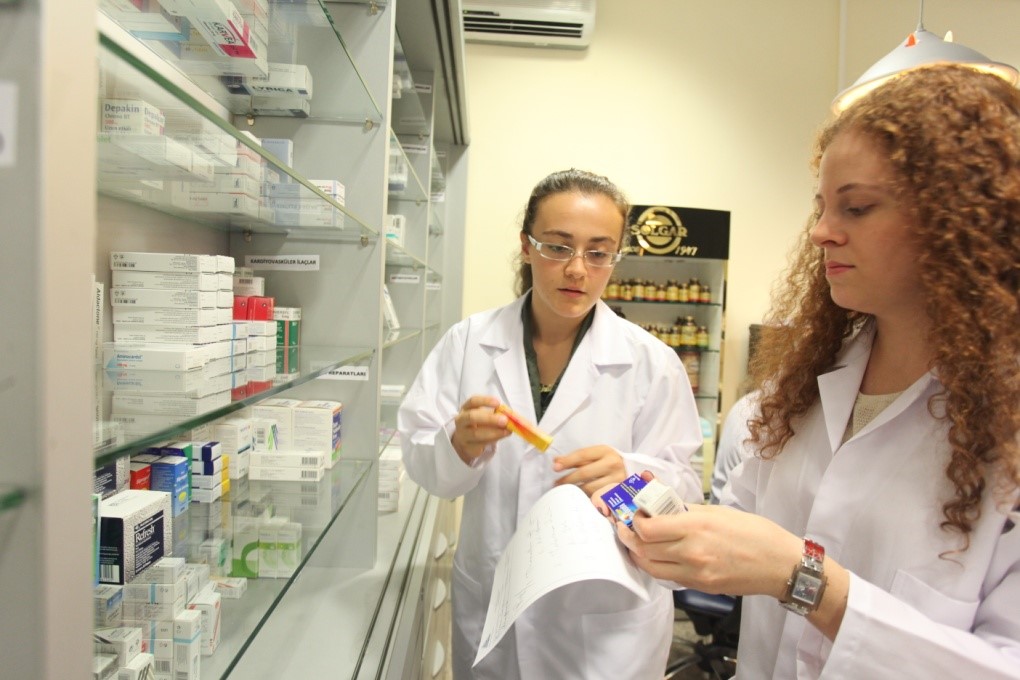
What is Physical Treatment?
The American Physical Therapy Association specifies physical treatment as "... a health occupation whose primary purpose is the promo of optimum human health and function through the application of clinical principles to prevent, identify, examine, fix, or minimize acute or prolonged motion dysfunction".
Physical Treatment is a profession whose primary purpose is the repair, upkeep, and promotion of optimal health, function, and lifestyle for individuals of all ages. The science of physical therapy includes the application of healing techniques, techniques, and interventions that help fix up an individual to their maximum physical potential. The art of physical treatment is assisting people help themselves.
In laws and guidelines defining practice, physical therapy is typically specified as the care and services offered by a physical therapist or a physiotherapist assistant under the instructions and supervision of a physical therapist, and consist of:
Easing disability and functional constraint by developing, executing, and modifying healing interventions;
Avoiding injury, impairment, practical restriction and impairment; and Engaging in assessment, education, and research study.
More information about the occupation of physical treatment may be obtained by checking out the American Physical Therapy Association's website at www.apta.org
Who are Physiotherapist Assistants?
Physiotherapist Assistants, or PTA's, are experienced healthcare companies who work with and under the direction and guidance of a physical therapist to provide physical treatment services. In order for a private to practice as a PTA, they must finish from a certified PTA program and successfully pass a licensing/certification test.
PTA's play an essential role in supplying physical therapy services for people with numerous impairments. When a patient looks for or is referred for physical therapy services, the physical therapist performs a preliminary assessment and outlines a strategy of care. The PTA can then carry out all or part of the treatment strategy as advised by the physical therapist.
The American Physical Treatment Association recognizes the PTA as the only individual who helps the physical therapist in the shipment of chosen physical therapy interventions.
What does a Physiotherapist Assistant do?
The physical therapist assistant (PTA) performs physical treatment interventions and related jobs under the direction and supervision of a physiotherapist. Such duties might include training patients in restorative exercise and activities of day-to-day living, using physical representatives such as cold, heat, electricity, or water for discomfort relief and healing, instructing individuals in the use of assistive gadgets for walking, taking part in injury care, promoting wellness and injury avoidance, offering client and family education, training patients in wheelchair activities, helping the physical Find more info therapist in carrying out patient evaluations and complicated interventions, and much more.
The PTA likewise monitors the client's response to treatment, carries out different tests and measures, files relevant elements of patient care, and keeps ongoing interaction with the supervising physical therapist, in addition to other health care experts.
What is the difference in between a PT and a PTA?
The physical therapist (PT) and the physiotherapist assistant (PTA) differ in instructional preparation and levels of obligations as it connects to the provision of physical treatment services.
Today, the overwhelming bulk of PT schools educate physiotherapists at the Doctorate level, although numerous practicing therapists were educated when programs needed just a Master's or Bachelor's degree. The PTA is informed at the Associate's degree level, which normally equates to 2 years of college.
The PTA has a working knowledge of the theory behind treatment interventions, understands pathological conditions being dealt with, and understands how to use modalities and strategies used to deal with those conditions.
The PT has extensive education in evaluative abilities, research, and administration, in addition to advanced coursework in human anatomy, neuroanatomy, orthopedics, pathology, and restorative techniques. Both the PT and the PTA should graduate from certified programs and pass a licensing examination in order to practice in their respective functions.
Consumers/patients may look for the services of the physical therapist straight, or, the patient might be referred to a physiotherapist by a physician. The PT performs the preliminary assessment and assessment of the client. The assessment will lead to a physical therapy medical diagnosis, and as appropriate, the PT will develop goals or outcomes to be achieved by a physical therapy strategy of care and treatment plan.
The PTA can not carry out the preliminary evaluation or examination; nevertheless, the PTA might help the PT in gathering data. Following the examination of the patient, the PTA might perform chosen interventions and information collection as directed by the supervising PT. The PTA needs to always work under the instructions and guidance of a physical therapist. The collective relationship between the PT/PTA is extremely effective and valued, and the team considerably contributes to the success of the general rehabilitation process.